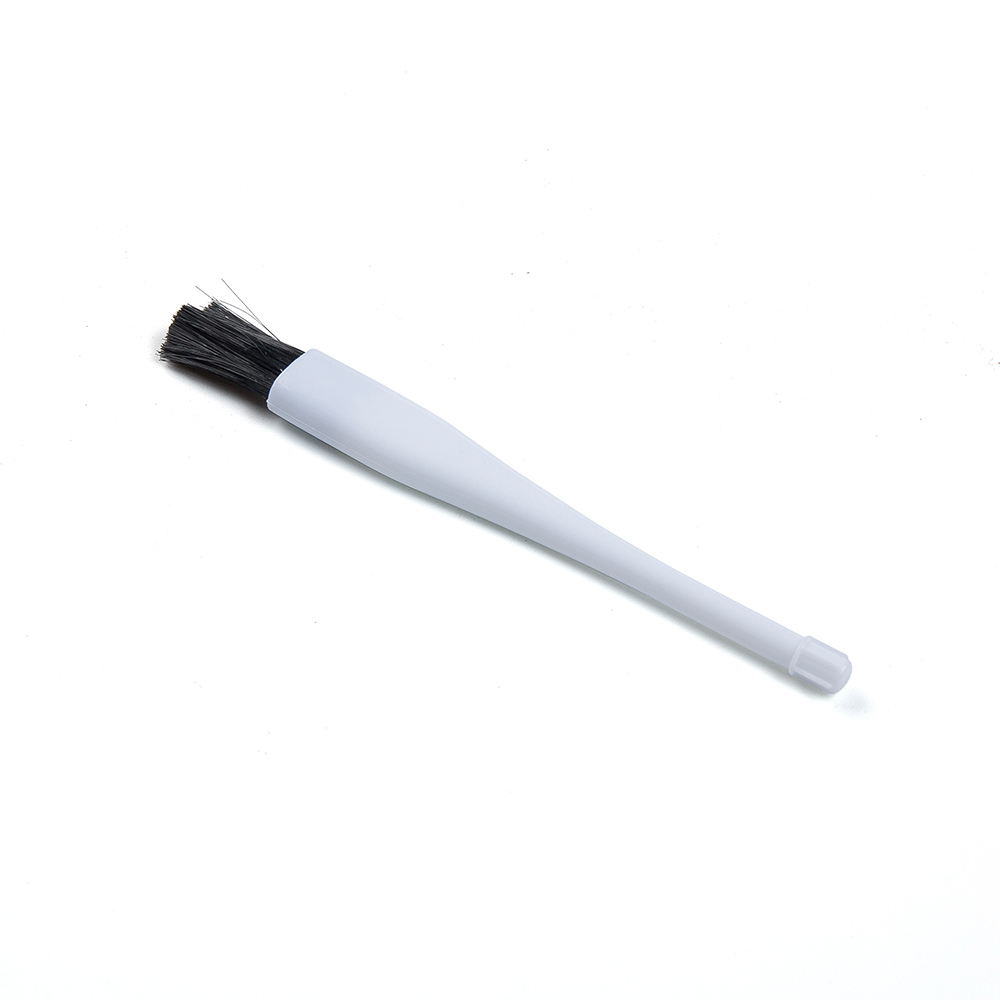The surface treatment process of Accessories for Test Weights plays a crucial role in enhancing their corrosion resistance , which directly impacts their durability, accuracy, and performance in various environments. Below is a detailed analysis of how different surface treatment processes affect corrosion resistance:
1. Common Surface Treatment Processes
Surface treatment processes are applied to protect the base material of test weight accessories from environmental factors such as moisture, chemicals, and abrasion. Here are some common processes and their effects on corrosion resistance:
(1) Electroplating (e.g., Nickel Plating, Zinc Plating, Chrome Plating)
Mechanism : A thin layer of metal is deposited onto the surface of the accessory through an electrochemical process.
Impact on Corrosion Resistance :
Nickel Plating : Provides excellent corrosion resistance and wear resistance. It forms a protective barrier that prevents oxidation and chemical attack, making it ideal for laboratory and industrial use.
Zinc Plating : Offers sacrificial protection, meaning the zinc corrodes first to protect the underlying material. This is particularly effective in humid or mildly corrosive environments.
Chrome Plating : Known for its high hardness and superior corrosion resistance. However, it is more expensive and typically used in high-end applications.
Limitations : If the plating is too thin or has pores, localized corrosion may occur. Additionally, scratches or wear over time can compromise the protective layer.
(2) Coating (e.g., PTFE Coating, Epoxy Coating)
Mechanism : A functional coating is applied to the surface to form a protective barrier.
Impact on Corrosion Resistance :
PTFE (Polytetrafluoroethylene) Coating : Highly resistant to chemicals, including acids, alkalis, and organic solvents. It also has low friction, reducing wear and tear.
Epoxy Coating : Provides good chemical resistance and mechanical strength, suitable for harsh industrial environments.
Limitations : Thin coatings can be susceptible to scratching or peeling, which may reduce their effectiveness.
(3) Polishing and Passivation
Polishing :
Smoothens the surface by removing micro-pits and defects, reducing the likelihood of corrosion initiation.
A polished surface is less likely to retain moisture or contaminants, thereby lowering the risk of corrosion.
Passivation :
Involves chemically treating the surface (usually stainless steel) to form a protective oxide layer (e.g., chromium oxide). This layer enhances corrosion resistance while maintaining the material's properties.
Commonly used for stainless steel accessories to prevent rusting.
(4) Other Special Treatments
Anodizing (for aluminum accessories):
Forms a dense oxide layer on the surface of aluminum through an electrochemical process, significantly improving corrosion resistance and hardness.
Anodized surfaces can also be dyed for aesthetic purposes.
Nano-coating :
Applies a nanoscale protective layer that offers exceptional corrosion resistance, wear resistance, and self-cleaning properties.
Ideal for high-precision accessories where contamination must be minimized.
2. How Surface Treatment Enhances Corrosion Resistance
Surface treatment processes improve corrosion resistance through the following mechanisms:
(1) Barrier Formation
Surface treatments create a physical barrier (e.g., plating, coating, or oxide layer) that isolates the base material from environmental factors like air, moisture, and chemicals, preventing corrosion reactions.
(2) Chemical Stability
Certain coatings or passivation treatments alter the chemical properties of the surface, making it more resistant to acids, alkalis, and other corrosive substances.
(3) Reduction of Surface Defects
Polishing and precision machining eliminate surface imperfections such as micro-cracks or pits, which are often the starting points for corrosion. By reducing these defects, the onset of corrosion is delayed.
(4) Enhanced Mechanical Properties
Some treatments, such as chrome plating or anodizing, not only improve corrosion resistance but also enhance surface hardness and wear resistance, reducing the risk of corrosion caused by abrasion.
3. Suitability for Different Environments
The choice of surface treatment depends on the specific environment in which the test weight accessories will be used:
(1) Laboratory Environment
Laboratories require high precision and long-term stability. Therefore, treatments like nickel plating, PTFE coating, or stainless steel passivation are recommended.
These treatments resist mild chemical corrosion and maintain a smooth surface, preventing dust or contaminants from affecting measurement accuracy.
(2) Industrial Settings
Industrial environments may expose accessories to humidity, oil, dust, and other corrosive media. Treatments like zinc plating, epoxy coating, or anodizing are suitable.
These processes provide reliable protection in harsh conditions, extending the lifespan of the accessories.
(3)Marine or High-Humidity Environments
In salty or highly humid environments, treatments like chrome plating, PTFE coating, or nano-coating are recommended.
These treatments resist salt spray corrosion and maintain long-term stability.
To ensure long-term stability and accuracy, the choice of surface treatment should consider environmental conditions, cost, and functional needs, along with regular maintenance and care.

 English
English















